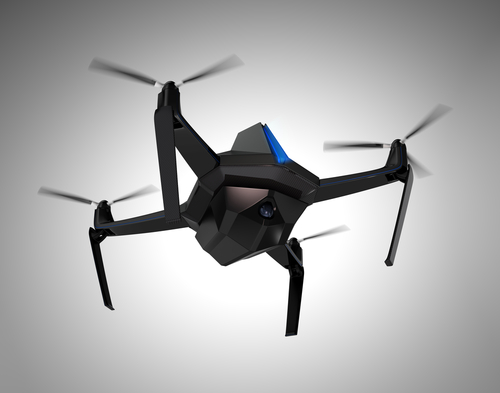
House members of the Committee on Transportation and Infrastructure are urging leadership at the U.S. Coast Guard (USCG) to adopt the recommendations from the National Academy of Sciences (NAS) report on unmanned systems, or UxS.
The NAS report, “Unmanned Systems for Coast Guard Missions: A Strategic Imperative,” recommends that the USCG issue a high-level UxS strategy; designate a senior UxS champion; create a UxS program office; expand and normalize UxS implementation; and determine actual UxS funding needs.
The bipartisan group of lawmakers is asking USCG Commandant Admiral Karl Schultz to adopt the recommendations and realign plans, operations, budgets, and policies to enable the Coast Guard to capitalize on unmanned systems.
“To date, Coast Guard initiatives designed to assess the applicability of UxS to mission areas and to introduce their capabilities into the fleet and force structure have been slower and more ad hoc than the adoption and integration of UxS in military, science, and industrial applications,” the lawmakers wrote in a letter to Schultz. “However, now that these technologies have matured and are more readily and reliably available, it is time for the Coast Guard to establish proactively a formal means to identify, investigate, and integrate these promising systems. This will allow the Coast Guard to establish funding needs and make a compelling case to Congress and the Administration for the additional resources to acquire and use these technologies.”
The letter was signed by Rep. Peter DeFazio (D-OR), chair of the House Committee on Transportation and Infrastructure; Rep. Sam Graves (R-MO), committee ranking member; Rep. Sean Patrick Maloney (D-NY), chair of the House Subcommittee on Coast Guard and Maritime Transportation; and Rep. Bob Gibbs (R-OH), subcommittee ranking member.
“To remain ready, relevant, and responsive, the Coast Guard must take a more strategic and accelerated approach to exploit existing and future unmanned systems’ capabilities,” the letter concluded.




